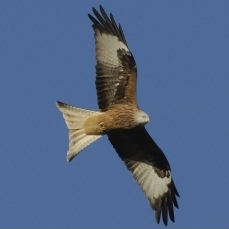Some of the fruit trees in our orchard have visitors. They are woolly aphids who have set up home Aphids are sap-sucking bugs who suck sap from the woody stems of apple trees and other plants. They are an important part of many food chains, supporting many predators such as earwigs, ladybirds, lacewings and hoverfly larvae.
Ants also “farm” aphids protecting them from predators and feeding on the honeydew that aphids make. You can see an ant in this short video of woolly aphids in our orchard.






